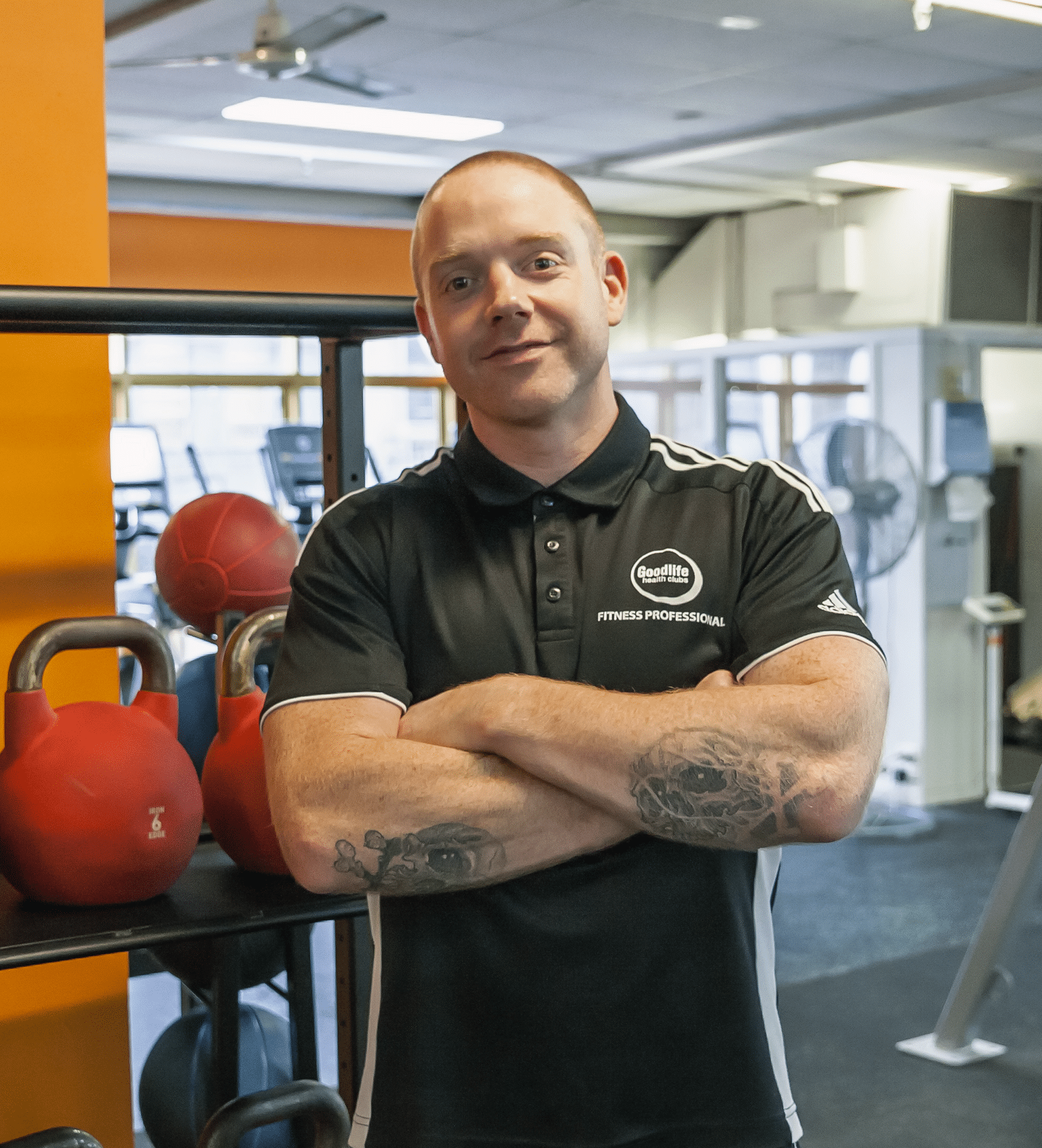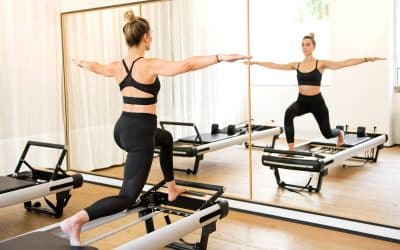Stretching is a crucial part of any training regime and is an important step in helping you avoid injury. For many years static stretching has gotten a bad rep in the health and fitness industry, but it can actually do wonders for your flexibility and range of motion. Here’s everything you need to know about it and why you should incorporate it into your daily routine.
What’s the difference between static and dynamic stretching?
While there are many different types of stretches you can do, they all fall broadly under two categories: static stretching and dynamic stretching. Static stretching occurs without movement, requiring you to get into a stretch position and hold the stretch for a set amount of time. Examples include pigeon stretches, seated hamstring or an overhead triceps stretch. In contrast, dynamic stretching involves using a swinging or bouncing movement to extend your range of motion, for example walking lunges, torso twists, or arm circles.
Should you use static stretches in a warm-up?
For some reason, static stretching seems to get a bad rep in the fitness industry. Reasons for this range from static stretching causing injuries to it being bad for warmups (even though it was the go-to warm-up recommended for years prior). Top industry professionals now seem to agree that both static and dynamic stretches have their benefits. It’s true that dynamic stretching or active warm-ups are better than static stretches on their own as a warm-up – but that doesn’t mean static stretching should be thrown out the window.
When used as part of a warm-up, static stretches should be one of your first activities, before you move to dynamic stretches, the general warm-up or sport-specific drills. The dynamic stretches and general warm-up will prepare your body for exercise and help reduce injury or pain. However, many injuries result from a lack of flexibility in the first place – which is why static stretching is important to build your range of motion. Cooling down is also important, but studies show that post-workout stretching doesn’t seem to improve overall flexibility. Basically, do your static stretches first, followed by a warm-up routine, and then cool down after your workout with some gentle movement.
The 5 types of static stretches
Just as there are two broad types of stretches, static stretches can be further broken down into 5 categories:
- Static – basic static stretches involve positioning your body so that the muscle(s) are stretched under tension. Starting with relaxed muscles, the ideas is to slowly increase the tension until you feel a stretch. Hold this position for 20-60 seconds to allow the muscles to relax and lengthen before slowly releasing the tension.
- Passive (or Assisted) – an extension of basic static stretching, passive stretching requires another person or tool to further stretch the muscles. Examples of passive stretches include using a physio band or towel to stretch in ways you otherwise couldn’t reach, or having a trusted person press gently on your target area while stretching to increase the strength of the stretch.
- Active – In contrast to static or passive stretching, active stretching is undertaken without using external force to stretch the muscles. Rather than pressing down on your leg in a seated butterfly stretch, or using a person or tool to stretch, active stretching uses only your own muscles and body positioning to induce a stretch. An example of active stretching would be raising one leg in front of you as high as possible and maintaining it for 10-15 seconds.
- PNF Stretching – Often used in rehabilitation, PNF or Contract-Relax Stretching involves both stretching and contracting the target muscle(s) to improve flexibility and muscle strength. PNF stretching should be undertaken with a professional, who will guide you through contracting your muscles at the same time as they apply resistance to inhibit movement. You will then relax your muscles before using a controlled stretch for about 30 seconds.
- Isometric Stretching – Similar to PNF stretching, isometric stretching involves contracting and stretching your muscles at the same time. However, isometric stretches are usually a lot stronger and held longer than PNF stretches. We highly recommend performing isometric stretches under professional guidance, so talk to us if you’d like to learn more.
Using static stretches safely
Like all physical activities, form and positioning is crucial to avoid injury while performing static stretches. Remember these tips next time you undertake static stretching:
- Focus on your form – ensure you’re using proper technique every time you stretch, and don’t get lazy. If you’re unsure of the proper form for a stretch, ask a coach or fitness instructor.
- Stretching should be uncomfortable but not painful – if you have no discomfort when stretching, you’re probably not pushing far enough. However, if a stretch is causing you pain, you’ve gone too far. Know your limits and stick to them. Over time, your flexibility will increase, and you’ll be able to stretch further.
- Stretch all areas of your body – you might think you only need to stretch your upper body for weightlifting, or your lower body for running, but stretching your whole body will improve your overall movement and reduce your risk of injury. Try to stretch all major muscle groups in each stretching session, even if you focus on some more than others.
Stretching is a fundamental part of your health and fitness and shouldn’t be neglected. If you’d like to know more about how you can improve your range of motion and reduce risk of injury, talk to us today.
Or sign up today and take advantage of our 50% off our 21 day transformation offer and we can help get you back on track with your health and fitness.
For further reading on Static Stretching we highly recommend this article from performance specialist/rehabilitation professional Gray Cook.




